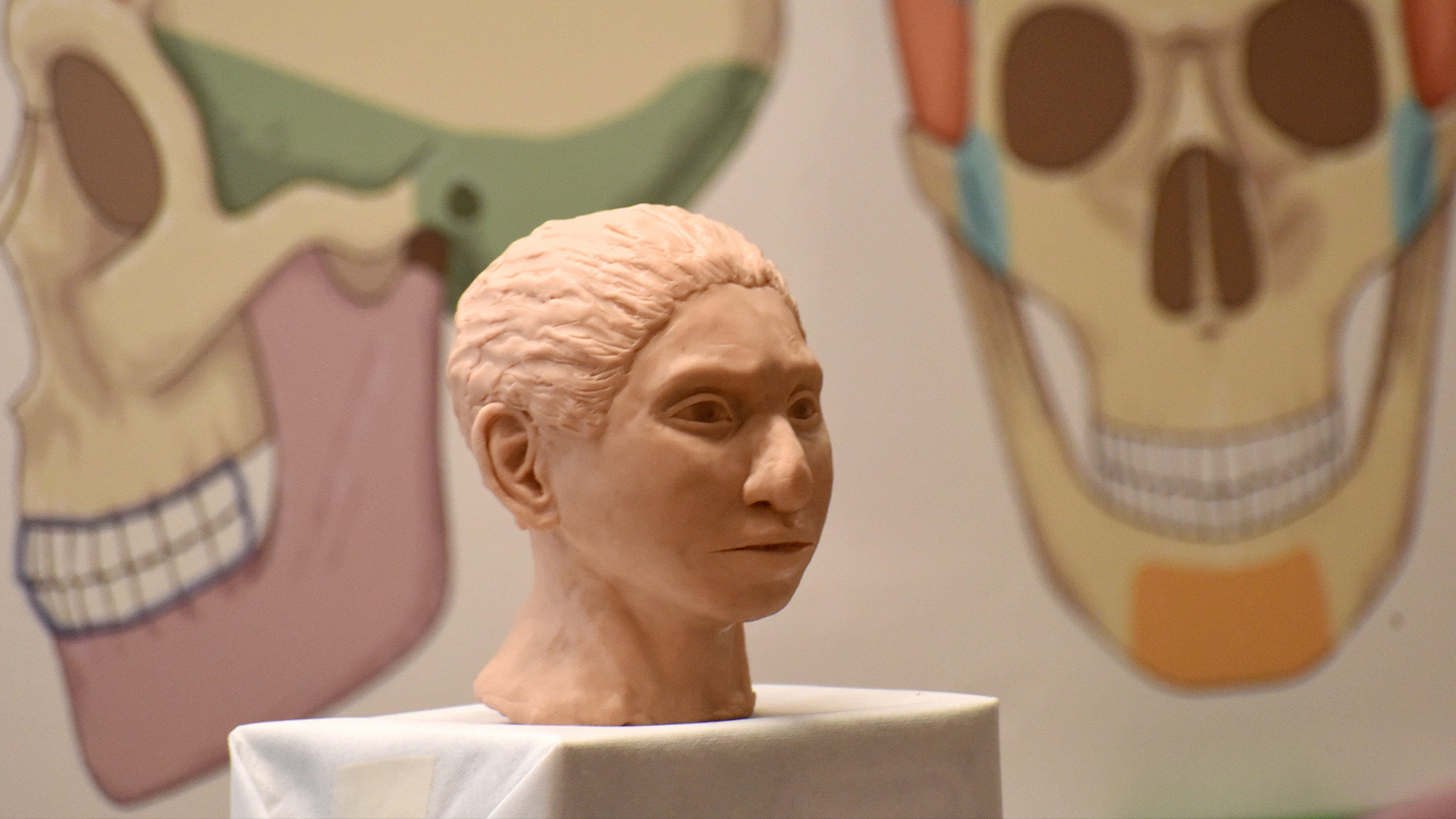
Gene variants inherited from one of our closest extinct relatives, the Denisovans, may make carriers more likely to develop neuropsychiatric disorders such as depression and schizophrenia, a new study suggests.
Modern humans are believed to have migrated out of Africa around 60,000 years ago and then interbred with Denisovans in Asia. As a result, traces of Denisovan DNA can be found within the genomes of some people today: About 4% to 6% of modern New Guinean and Bougainville Islander DNA is Denisovan, as well as about 0.2% of mainland Asians and Indigenous American DNA.
Now, research published Sept. 25 in the journal PLOS Genetics has revealed that modern human populations outside Africa have a variation in a gene called SLC30A9 that was inherited from the Denisovans. This gene codes for a mitochondrial protein called ZnT9 that regulates zinc transport and cellular metabolism.
Heat is released during metabolism, so it's possible that the SLC30A9 variant may have been selected for in the past because it helped our ancestors adapt to new, colder environments. However, given that zinc dysregulation has been implicated in several neuropsychiatric disorders, such as depression and schizophrenia, nowadays it may be a detrimental trait. The study authors stressed, though, that assumptions about the respective advantages and disadvantages of this variant are "purely speculation" at this stage.
Related: Extinct Denisovan woman gets her first portrait thanks to DNA from her pinky bone
The findings present an "interesting link" between evidence suggesting that natural selection occurred on this variant and how this could be associated with zinc metabolism, Ed Hollox, a professor of genetics at the University of Leicester in the U.K. who was not involved in the research, told Live Science in an email.
The authors identified the SLC30A9 variant by examining genetic data from 26 human populations cataloged by the 1000 Genomes Project and comparing it with the genome of one Denisovan and the genomes of three Neanderthals, likely our closest extinct relative. The team zeroed in on one similarity — the version of SLC30A9 — between Denisovans and modern humans, which remained in our genomes over time and appeared to have been a beneficial trait that was selected for during evolution.
"What we observed is that the variant makes the endoplasmic reticulum [a network of membranes that facilitate the movement of proteins and other molecules in a cell] and the mitochondria more resistant to high levels of zinc and this could somehow affect the excitability and the function of the nervous system," study co-senior author, Rubén Vicente, an associate professor of molecular physiology at Pompeu Fabra University (UPF) in Spain, told Live Science.
For instance, zinc is normally released when a subset of "excitatory" neurons called glutamatergic neurons propagate messages across the nervous system. Too much zinc can impede this process, but in human and mouse cells in the lab, the SLC30A9 variant was able to somehow "soften this effect," Vicente said.
It is not yet clear how the SLC30A9 variant could influence the brain. Furthermore, neuropsychiatric conditions are highly complex and involve many genes and environmental factors.
"This variant is one of the multiple variants that may predispose you to these [neuropsychiatric] diseases," study co-senior author, Elena Bosch Fusté, an associate professor of evolutionary population genetics at UPF, told Live Science. "It isn't the only variant causing the disease."
The team also only studied the genome of one Denisovan and Bosch Fusté said that it is possible that with more samples they could find the variant in Neanderthals too.
Going forward, the team would like to test their hypothesis in animal models and further explore the role of ZnT9 in the nervous system. It'd also be interesting to see studies in people who have different patterns of variation in the SLC30A9 gene to see if they are more or less sensitive to the cold, for example, Bosch Fusté said.







